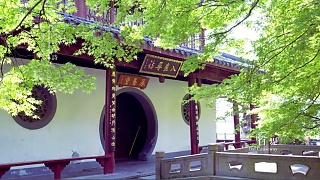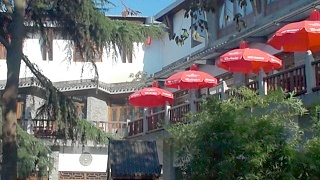Related Videos
Featured Videos

|
Hángzhōu lies in ZheJiang province
|

|
WuLingYuan Scenic Area, HuNan province.
A great film by Sticker Travel ...
|

|
With Brian Berletic and Angelo Giuliano ...
STEM = science, technology, engineering, mathematics.
|

|
With Cyrus Janssen ...
|

|
Overview :
Walk-through :
Music and dance :
Fly-over and night-time :
The Stone Forest is not far from the city of Kunming.
|

|
Dozens of cool short videos here.
With VisitBeiJing ...
|

|
Mǐfěn Miàn. A staple of YunNan 'small eats' 小吃 (XiǎoChī) street food dishes.
With DianXi XiaoGe #滇西小哥 ...
|
 Cholesterol – with Sten Ekberg
Cholesterol – with Sten Ekberg















